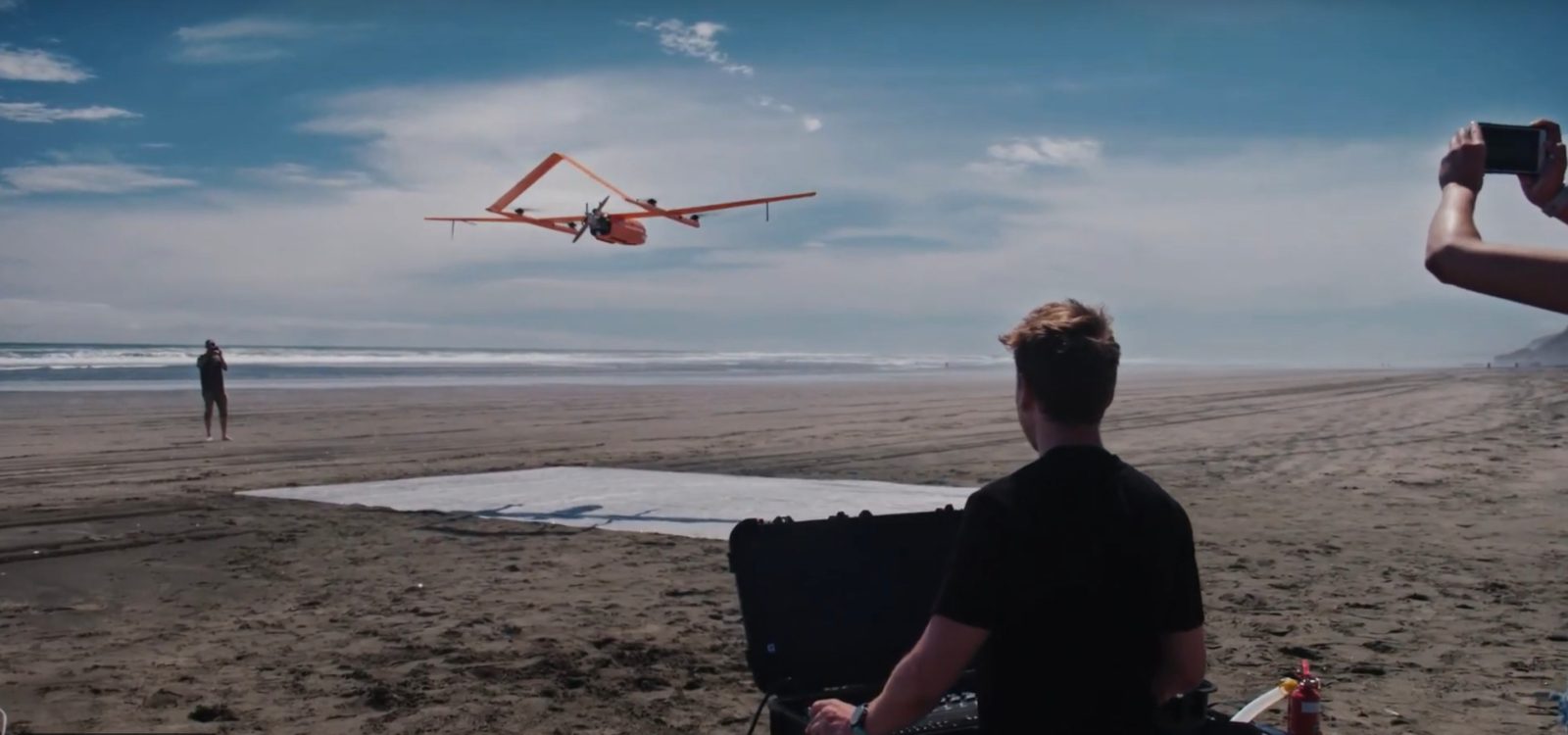
Determined humans and a remarkably smart drone have teamed up in an effort to prevent New Zealand’s beloved Māui dolphin from looming extinction.
The partnership of government agencies, non-governmental organizations, and concerned businesses are using a craft tricked out with artificial intelligence to locate, track, and safeguard the endangered mammals with vastly improved efficiency.
And all for a most worthy porpoise.
Big bird, flies far
The campaign is spearheaded by conservation NGO Māui63 – the latter being the number of dolphins alive at the project’s 2019 launch. The drone-powered effort seeks to learn more about threats to the creatures. It then takes appropriate action to steer them clear of the worst perils to improve survival and procreation rates.
The drive is centered on vertical take-off and landing drones produced by China’s Jouav, whose unmanned aircraft allows for heavier payloads and extended flying distances. The second-generation, five-motor drone Māui63, which began test flying in January, is a perfect example of that combination.
The drone’s AI features automatically find and track far-flung Māui dolphins off western New Zealand up to 50 km/31 miles from its control post. It cruises at altitudes of 120 meters/393 feet, and reaches a top speed of 140 kph/89 mph.
Its 50x optical zoom camera distinguishes Māui dolphins from similar marine life with 90% accuracy.
Just as impressive, the system can also detect distinctive traits on individuals for identification in the mapping of the entire population, and surveillance of its migrations. Signs of injury, meanwhile, are used to determine likely sources of wounding – especially by fishing craft, whose expanded use of gillnets was a leading cause of Māui dolphin depletion. That analysis allows action to be taken to avert further harmful encounters.
All for one
Just how universal is that Kiwi adoration of their taonga? The nation’s leading fishing firms, Sanford and Moana, have joined the World Wildlife Foundation, Auckland University, New Zealand’s Ministry of Primary Industries, and a dozen other private and public members in the campaign.
Commercial fishing is a threat to the dolphins, but also an economically important industry to New Zealand. Restricted zones and sanctuaries are in place, but without continuous monitoring they are hard to manage, and the sanctuaries can’t be extended appropriately. Our up to date data will allow policy makers to accurately update the restricted zones, ensuring fishing boats are nowhere near the dolphins!
Maui63 website
Much more for less
Increased self-learning capacities will further boost the considerable lift the AI-equipped drones have already afforded the project.
Indeed, prior to deployment of UAS, monitoring Māui dolphins was limited to a three-month window in the summer when they came closer to shore. That, meanwhile, was carried out by human trackers scanning miles of water from a plane.
Deployment of the drones, therefore, has not only produced a far vaster, continuing wealth of data essential to prolonging the species’ future. It also represents decreased operating costs with virtually zero carbon output to boot.
FTC: We use income earning auto affiliate links. More.



Comments